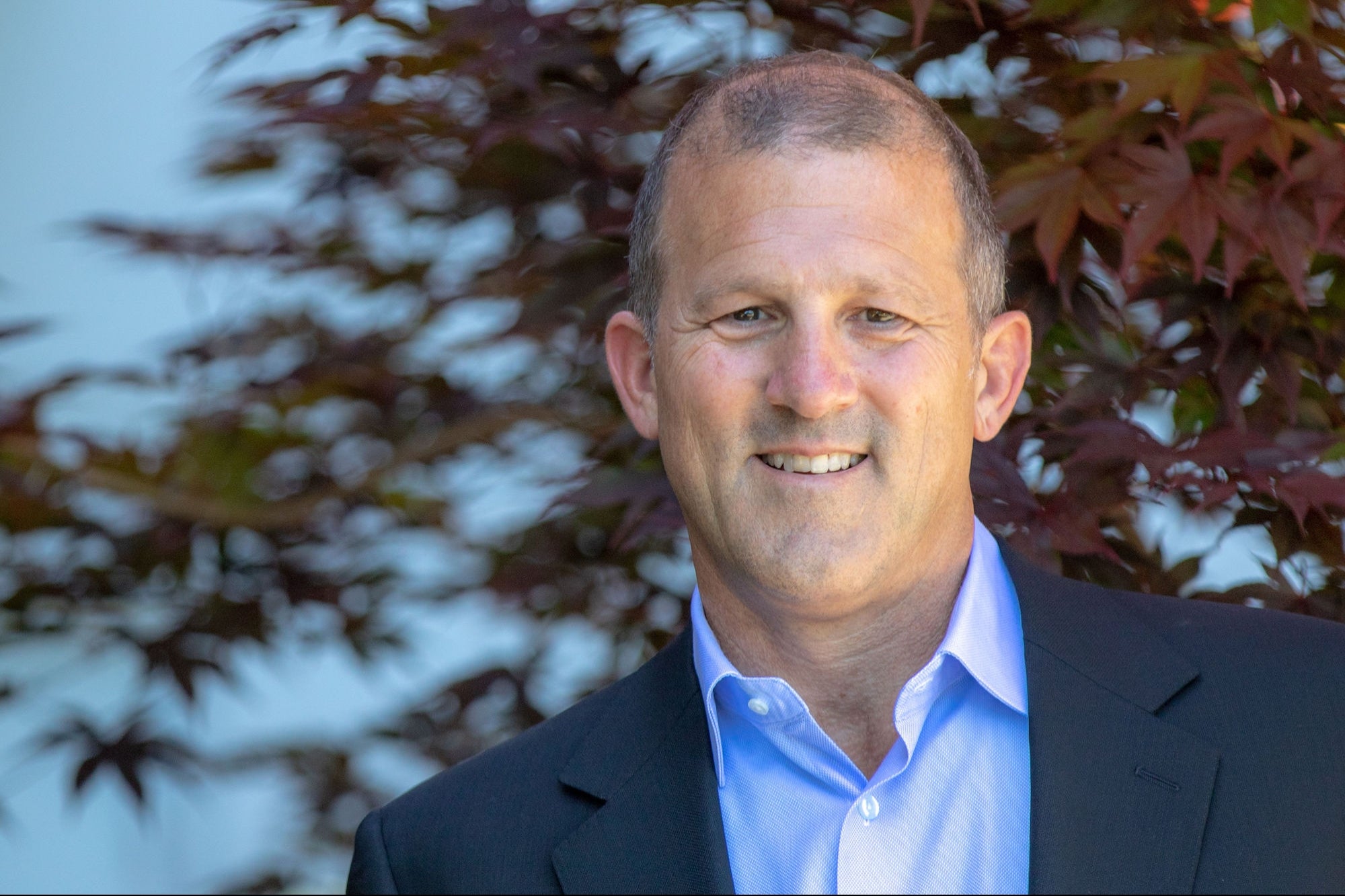Mildred Reser started selling potato salad to pay the bills back in 1950. The recipe she perfected in a rural Cornelius, Oregon, farmhouse helped her launch a seasonal business, Mrs. Reser’s Salads, which supplied local meat markets before it moved to its first small factory and landed distribution in Safeway.

Image Credit: Courtesy of Reser’s Fine Foods. Grandma Mildred with her family.
Mildred’s son, Al, stepped in as president in 1960, and the company became Reser’s Fine Foods. Eager to transition operations to a larger facility but lacking the cash to do so, he took the company public and raised a little over $200,000. Those funds went toward opening Reser’s 55,000-square-foot Beaverton facility in 1978.
Because potato salad was primarily considered a summer staple in the Pacific Northwest, Al also expanded the product line to include sausages, tortillas and more to offset seasonal sales slowdowns.
Shortly thereafter, in 1986, Al took the company private again to prevent an outside investor from assuming control.
“[We] actually received some loans from customers, vendors, employees [and] a lot of family members to make that move,” Mark Reser, Al’s son and the current CEO of Reser’s Fine Foods, says. “We were much smaller at the time, but it was a very strategic move to take it back private.”
Related: The Business He Started in Response to a Frustrating Grocery Store Experience Surpassed $1 Billion in Sales and Counts Ray Dalio Among Its Investors

Image Credit: Courtesy of Reser’s Fine Foods. Mark Reser with his father, Al.
“I had my own little route, and [it was a] great way to learn the whole product line.”
Mark began working in the Reser’s factory in eighth grade; he continued helping with the family business through high school and into college during the summer months. His degree in accounting proved useful in understanding the business’s numbers. After graduation, Mark spent a couple of years driving a truck route for the company’s direct store delivery.
“I had my own little route,” Mark recalls, “and [it was a] great way to learn the whole product line, to have that experience, the interaction with the customers.”
Related: A Cambodian Refugee Paralyzed By Polio Says ‘Not Much’ Was Expected of Him. He and His Wife Built a Multimillion-Dollar Business That Beat All Odds.
Reser’s needed help managing its peak salad season, so Al acquired a company with about 40 employees in Corona, California, and Mark relocated to run it in 1990. Mark learned a lot before moving on to lead an even larger operation in Topeka, Kansas, where he spent eight years growing the company’s first built facility, he says.
He moved back to Oregon in 1998 and became COO. He then stepped in as president in 2006.

Image Credit: Courtesy of Reser’s Fine Foods. CEO Mark Reser.
The Kansas facility remains Reser’s largest base today, with four manufacturing plants and a distribution center. Reser’s currently boasts over 5,000 employees across North America and more than $2 billion in annual revenue; the business has also seen double-digit sales growth each of the past five years, per the company.
“We always stress that the 4th of July always comes on the 4th of July.”
These days, as Reser’s celebrates its 75th year in business, it must navigate some of the same challenges it has over decades past, like potential commodity issues and labor shortages. Putting in the work to prepare, especially for the company’s busiest stretch, Memorial Day through the Fourth of July, remains an indispensable strategy, Mark says.

Image Credit: Courtesy of Reser’s Fine Foods
“We always stress that the 4th of July always comes on the 4th of July,” Mark explains. “It’s all about the planning up front. We did planning in the earlier years, but not as much as we’re doing today.”
Related: This Couple Used Their Savings to Start a Small Business. A Smart Strategy Helped Make It a Multimillion-Dollar Success.
The company continues to innovate to help fuel year-round sales, and its hot side dishes, big sellers in the fall and winter months, have become an integral part of that, Mark notes. Now, alongside Reser’s Fine Foods, the company’s line includes Main St Bistro, Stonemill Kitchens, Reser’s Foodservice, Fresh Creative Foods, St Clair Foods, Baja Café and Don Pancho. Its Mexican food category in particular enjoys sales stability year-round, Mark adds.
“Our family’s aligned, and that’s so critical.”
According to the CEO, Reser’s strength as a family business stems from its shared goals when it comes to leadership and growth.
“Our family’s aligned, and that’s so critical,” Reser explains. “ They’re aligned on reinvestment, they’re aligned on the next generation, taking the business even further, and they’re aligned on the drive to continue to grow the business.”
Related: Entrepreneurship Means Generational Independence. These Leaders of a 115-Year-Old Family Business Are Honoring the Past and Building for the Future.
Mark’s nephew and his oldest son are currently part of that next generation working in the business, and he hopes to see several other family members join the company down the line.
“There’s a lot of learning that they have to do, but we do feel we’ve got some great, strong leaders coming up within the ranks, taking the business further,” Reser says. “We want [Reser’s Fine Foods] to become a bigger part of the meal.”

Image Credit: Courtesy of Reser’s Fine Foods
The company sees growth opportunities in meal kit bundling, convenience stores and more snack-sized options, and it continues to research potential categories for expansion. Reser’s launches close to 300 items per year, Mark says, noting that many are custom-made for restaurant chains or private label.
Related: 10 Growth Strategies Every Business Owner Should Know
The key to growth is to always consider what’s next and resist the urge to get too comfortable, the CEO says.
“ Don’t forget who pays the bills — it’s the customers,” Reser says. “And don’t forget who does the heavy lifting. That’s your employees. Make sure you’re having fun and enjoying yourself. If you’re not, you’re in the wrong spot.”
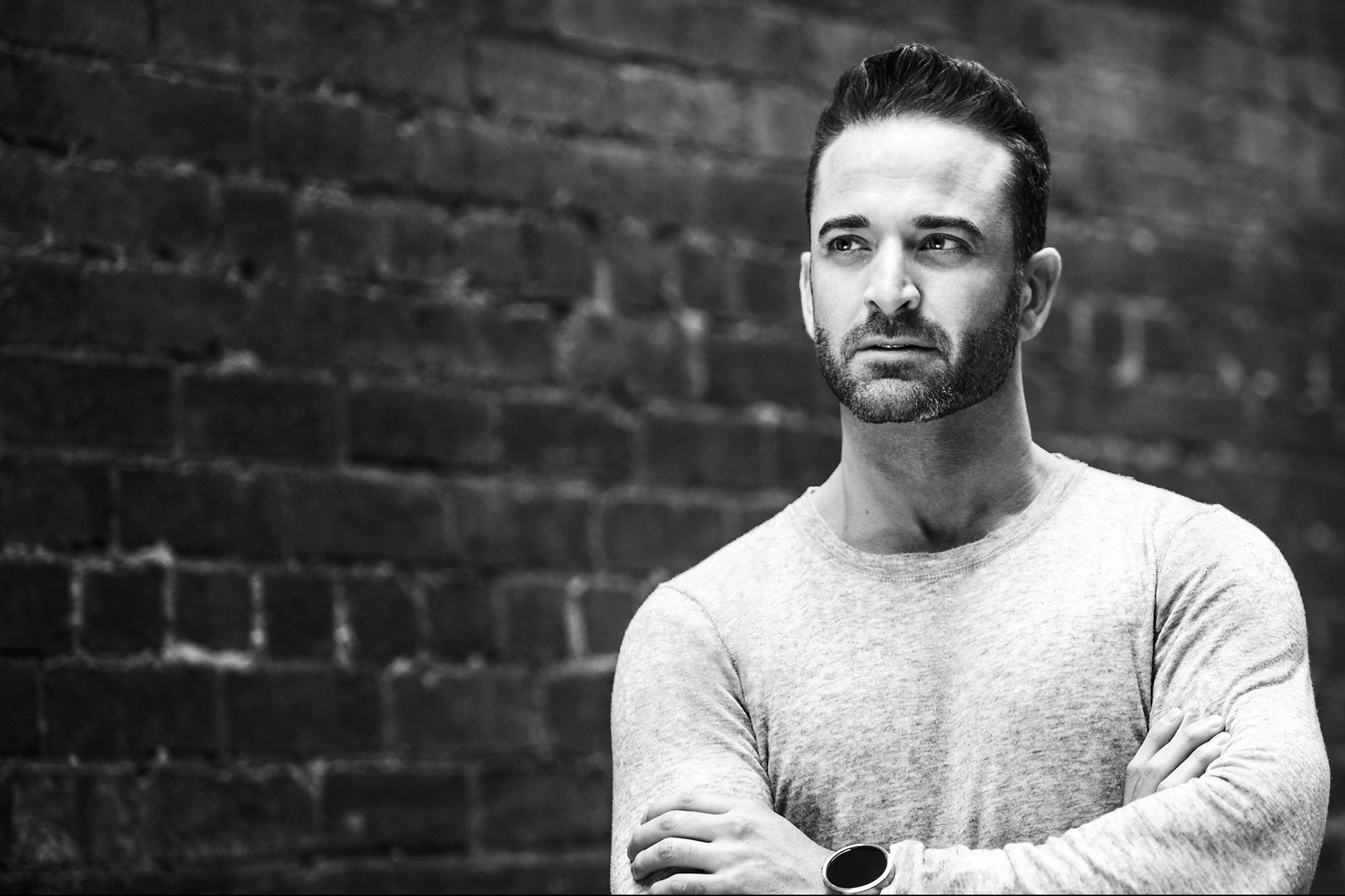











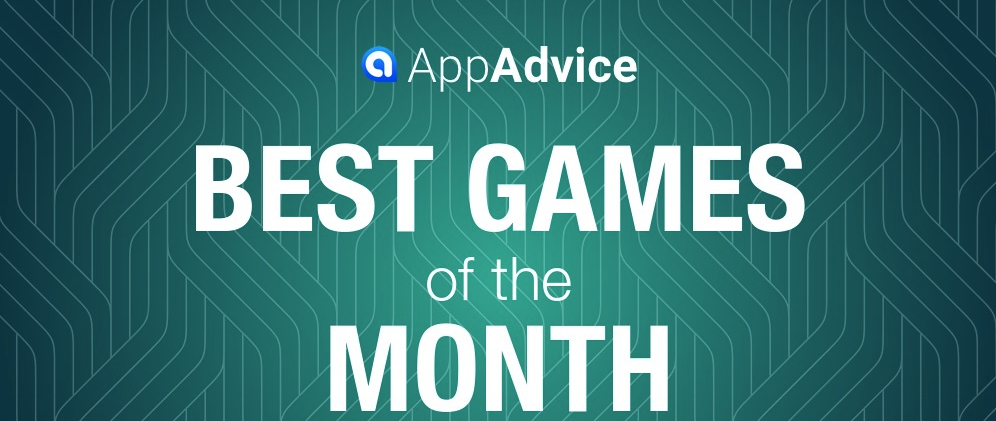
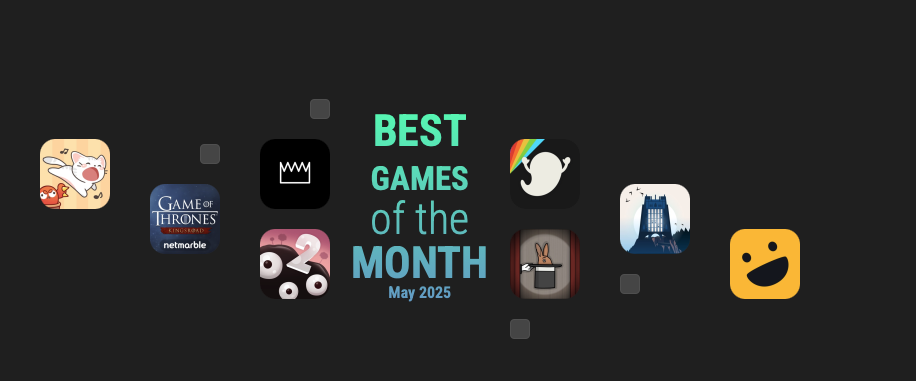
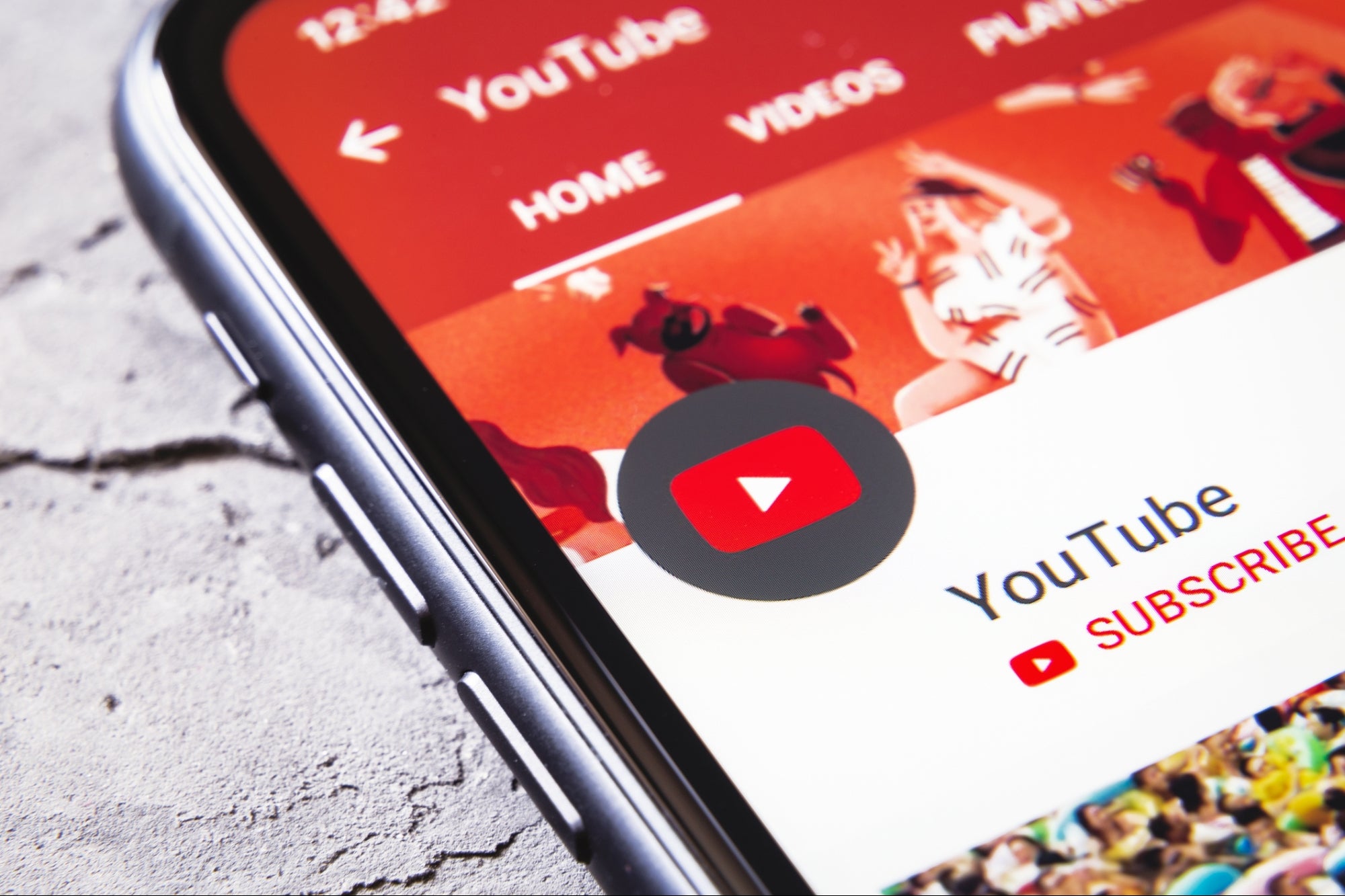


![Inclusivity with Voice & Language [SUBSCRIBER]](https://bonox.ir/wp-content/uploads/2025/05/1748580393_original.png)

